Initially, jewelry was quite simple, crafted from natural materials such as bones, shells and stones. Over time and industrialization, jewelry making techniques have developed, turning crude items into more sophisticated and decorative items. That is thanks to the treasure trove of crafting secrets from long-standing jewelers around the world .
Chaumet is one of the oldest jewelers still in operation today, although it is no longer family-owned. Founded in 1780 in France, the jeweler is a favorite of European royalty and the upper class.
Thanks to her exquisite craftsmanship and innovative designs, founder Marie-Étienne Nitot became the official jeweler to the court of Emperor Napoleon Bonaparte and personal jeweler to Queen Joséphine.
In addition, the world's leading art museum, the Louvre, also seeks out this jeweler to restore antique jewelry, even if the jewelry does not originate from the brand. This shows the museum's trust in the brand's craftsmanship.
To keep the brand legacy alive and maintain the trust of customers, 13 generations of factory managers and a team of world-class artisans have diligently passed down centuries of professional secrets. Among those manufacturing secrets, they are confident in the 3 most iconic jewelry techniques.
Pear-shaped diamonds
When you think of the French jeweler, you immediately think of the pear-shaped diamond and the Joséphine collection. This shape is so sophisticated and classic that it can be considered an unofficial manufacturing secret.

The pear-shaped diamond has become one of the French jeweler's signature designs.
Pear-shaped diamonds are selected and refined to a rare standard. Only stones that meet the Gemological Institute of America's 4C criteria (color, cut, clarity, and carat weight) qualify.
In addition, the brand also selects the best diamonds and cuts them according to its own 5th standard, which is harmony.
This is also the shape that Queen Joséphine especially favored. Since then, the pear-shaped diamond collection named Joséphine was born, to honor the queen. Over time, the pear-shaped shape and the collection have become symbols of elegance and boldness.
Fil-couteau technique
Next, fil-couteau is known as a special crafting technique in which the frame of the jewelry is made so thin that it is almost invisible.

Thanks to the ultra-thin frame, the gemstone stands out, creating the feeling of "floating" in space.
The crafting method creates the effect of the gemstones "floating" naturally. This technique enhances the beauty of the gemstones, ensuring a light, airy but still firmly attached look.
Fil-couteau is especially useful for creating designs with movement, such as "draping" earrings, necklaces, or gemstones.
Trompe l'œil technique
To help pear-shaped diamonds become more creative and airy, the French jeweler developed a special technique called trompe-l'œil. In French, this phrase means optical illusion.
Specifically, they use many small brilliant-cut diamonds, arranging them cleverly to create an optical illusion. When the brilliant diamonds are put together, they create the image of a large pear-shaped diamond.

Trompe-l'œil is a technique of optical illusion, using small diamonds to create the illusion of a larger stone.
The designer uses this technique to enhance his classic designs, creating unique and impressive jewelry. Accordingly, trompe-l'œil is a variation of the grain-set technique, inspired by the famous Bourbon-parme crown design in history.
Photo: Getty
Source: https://dantri.com.vn/giai-tri/dieu-it-biet-ve-cach-che-tac-kim-cuong-cua-nha-kim-hoan-noi-tieng-the-gioi-20250816183513246.htm


![[Photo] President Luong Cuong receives Speaker of the Korean National Assembly Woo Won Shik](/_next/image?url=https%3A%2F%2Fvphoto.vietnam.vn%2Fthumb%2F1200x675%2Fvietnam%2Fresource%2FIMAGE%2F2025%2F11%2F21%2F1763720046458_ndo_br_1-jpg.webp&w=3840&q=75)


![[Photo] General Secretary To Lam receives President of the Senate of the Czech Republic Milos Vystrcil](/_next/image?url=https%3A%2F%2Fvphoto.vietnam.vn%2Fthumb%2F1200x675%2Fvietnam%2Fresource%2FIMAGE%2F2025%2F11%2F21%2F1763723946294_ndo_br_1-8401-jpg.webp&w=3840&q=75)


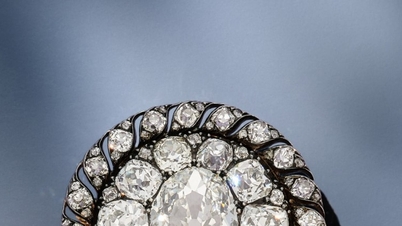

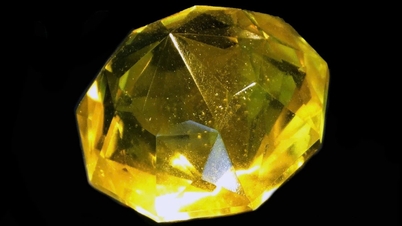




















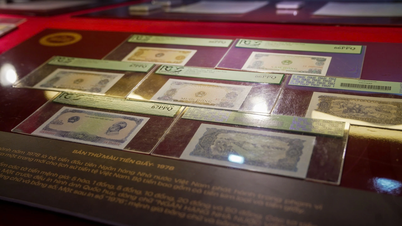



![[Photo] Visit Hung Yen to admire the "wooden masterpiece" pagoda in the heart of the Northern Delta](/_next/image?url=https%3A%2F%2Fvphoto.vietnam.vn%2Fthumb%2F1200x675%2Fvietnam%2Fresource%2FIMAGE%2F2025%2F11%2F21%2F1763716446000_a1-bnd-8471-1769-jpg.webp&w=3840&q=75)




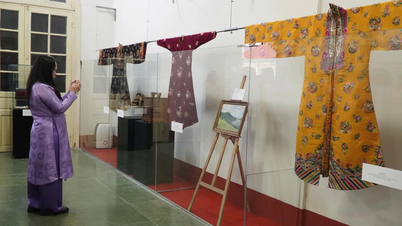



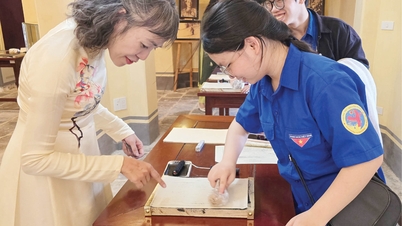






















































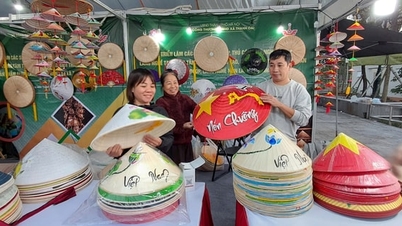
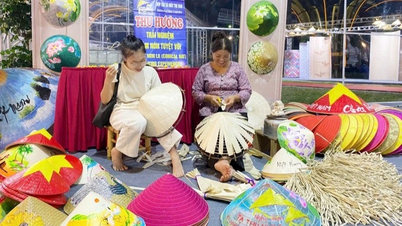





Comment (0)